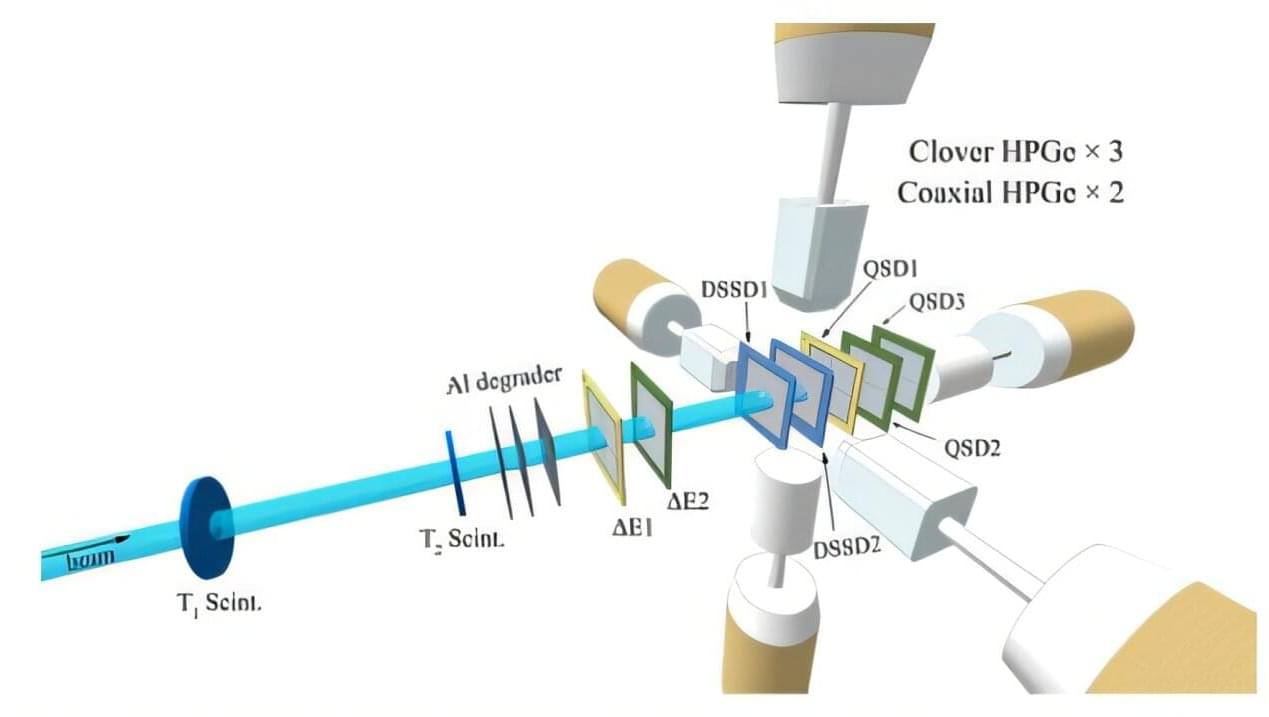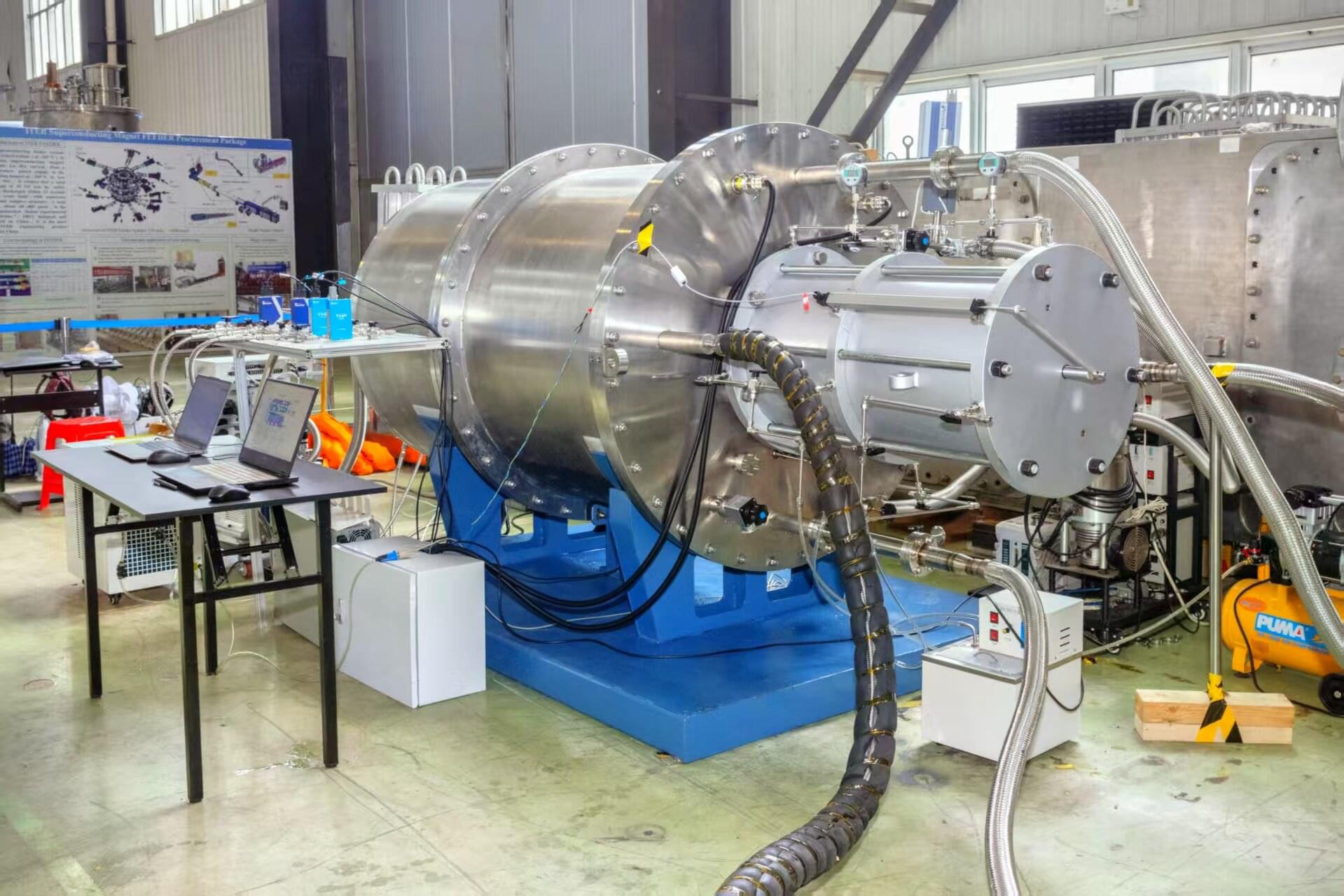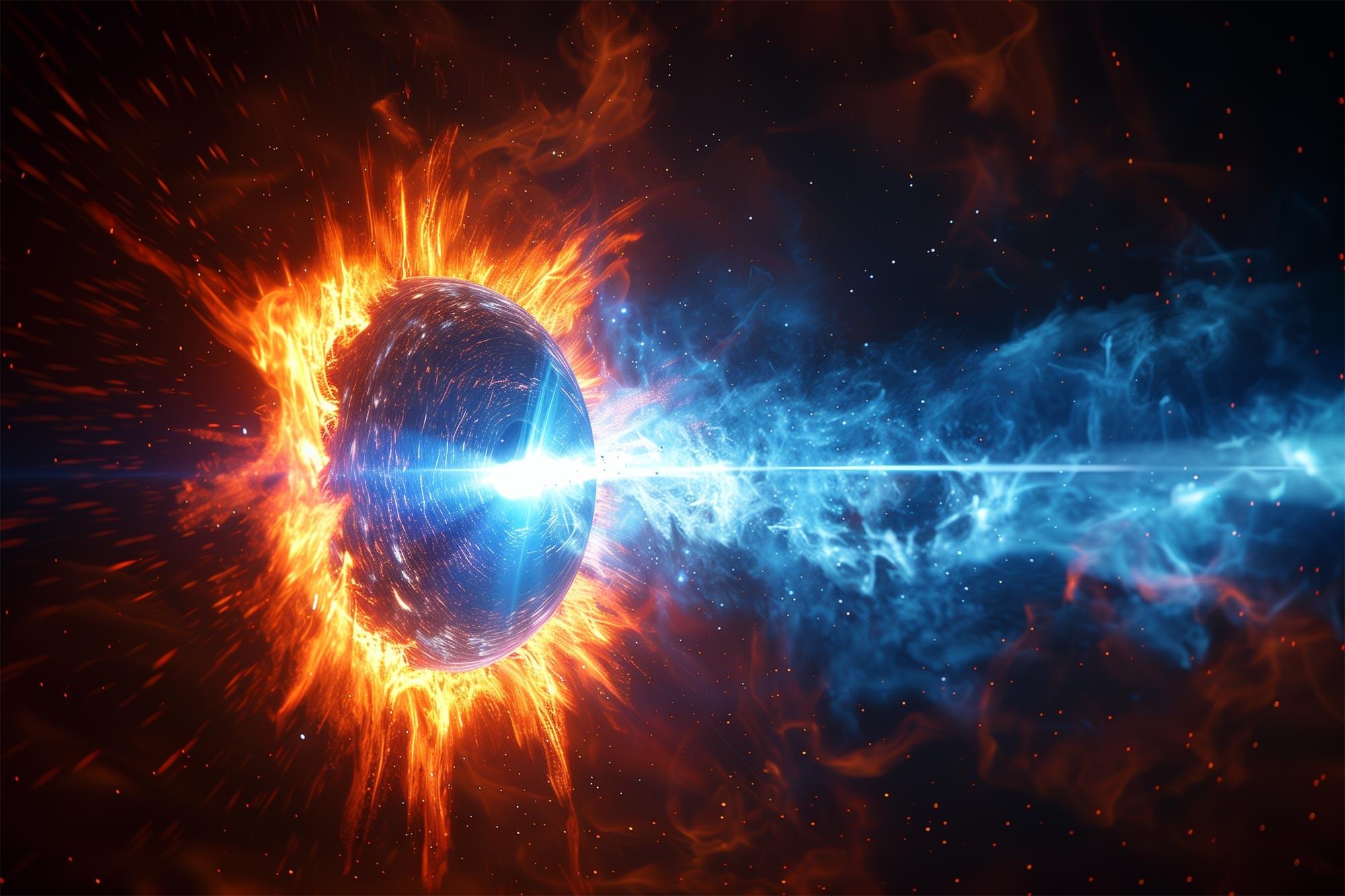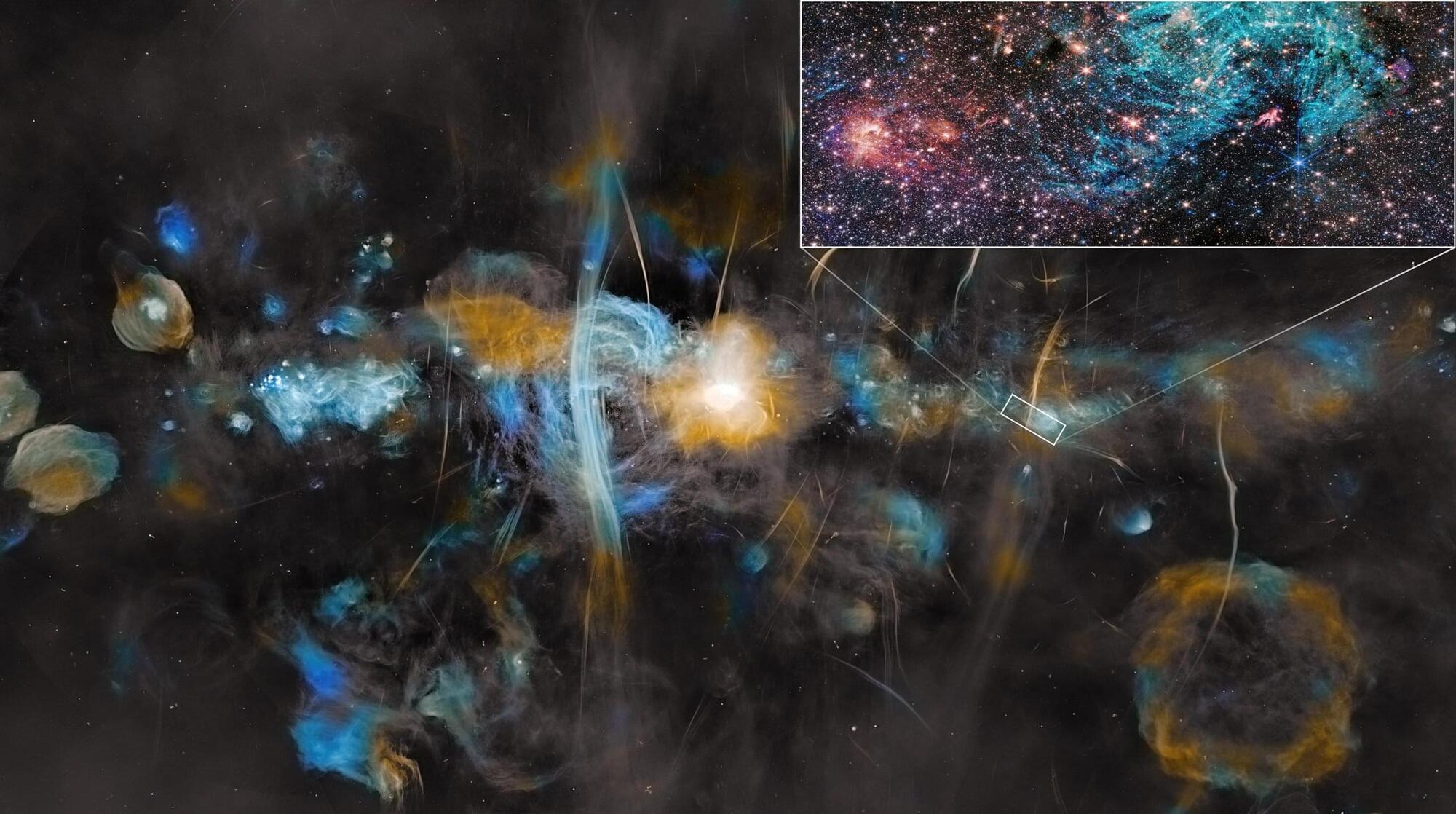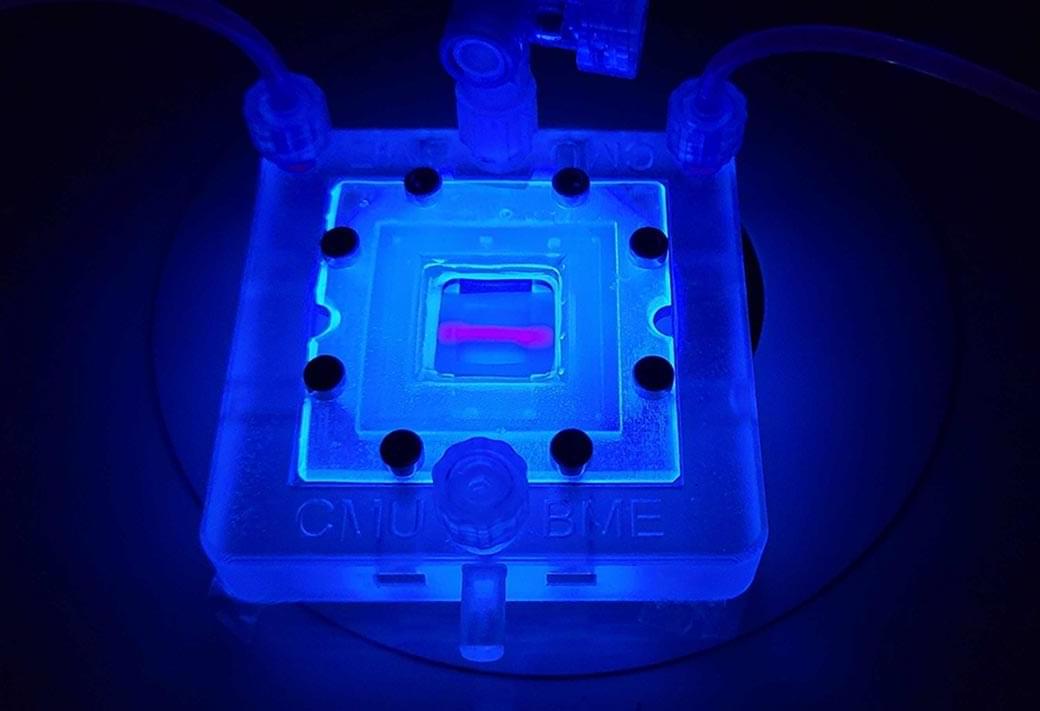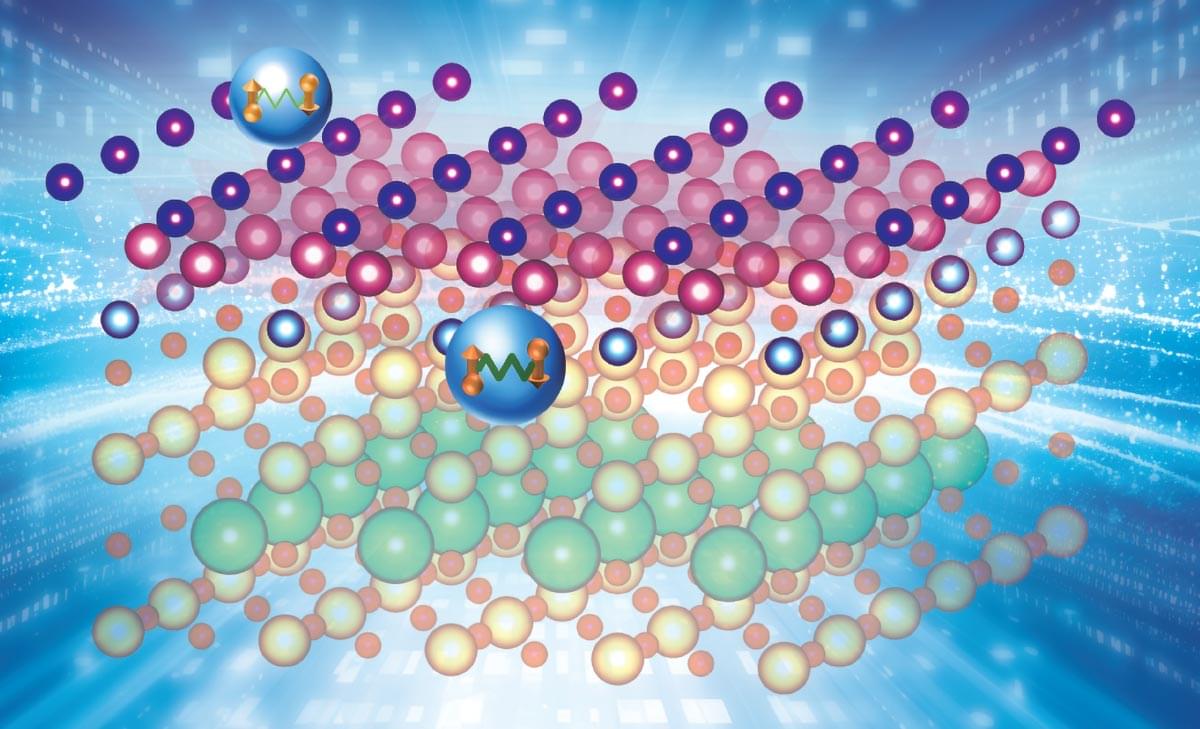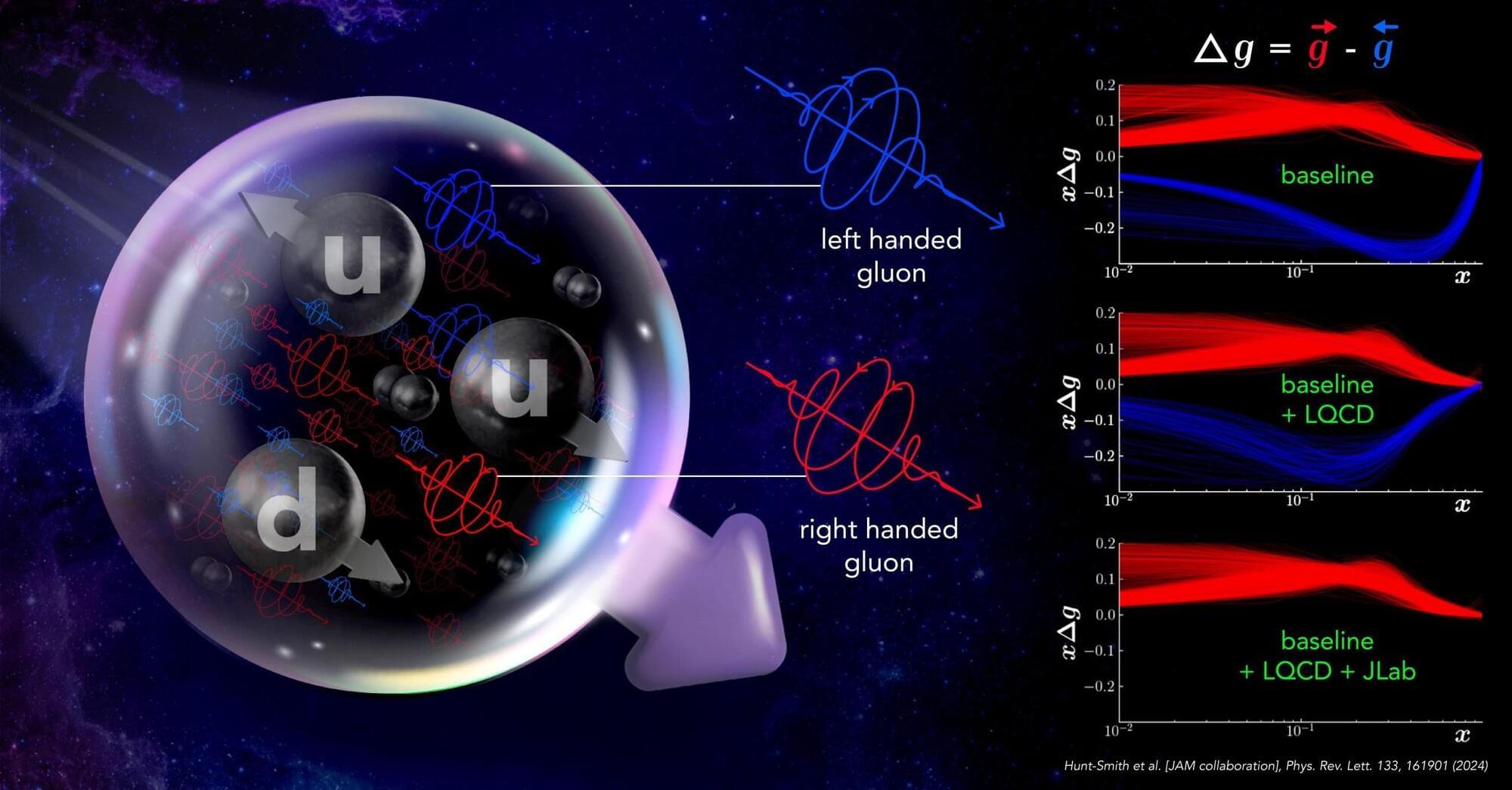Exotic nuclei near and beyond the proton drip line exhibit a range of unique decay processes, including β-delayed proton emission, α decay, and direct proton radioactivity. Spectroscopic studies utilizing high-efficiency, low-threshold detection systems have become essential for exploring the intricate properties of these nuclei.
In nuclear physics research, exotic nuclei play a crucial role as their decay characteristics can provide key clues for revealing the nature of nuclear forces and testing nuclear structure theoretical models. However, due to the extreme rarity and difficulty in measuring these decay processes, related research has always faced numerous challenges.
